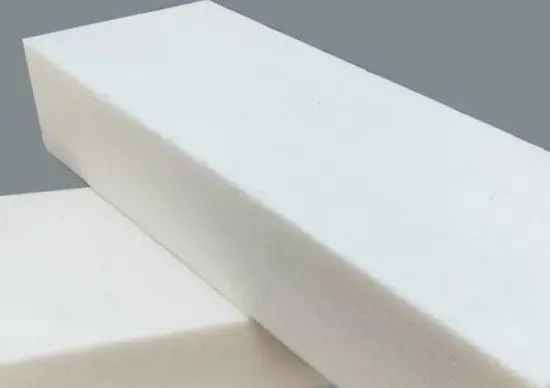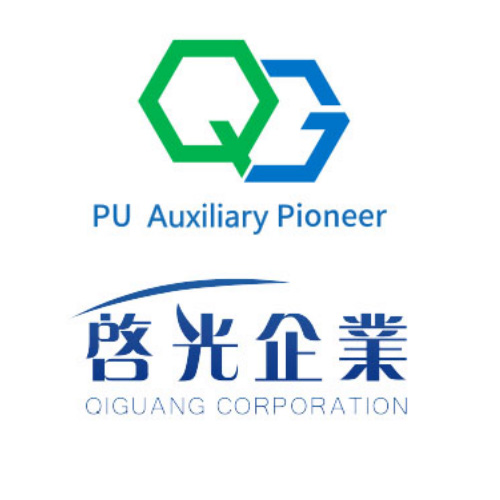Development Trend of PU Hard Foam
After decades of development, polyurethane materials have covered all aspects of production and life, but there is still broad room for development in the future.
Rigid foam is the largest single application form of polyurethane material.
In the field of exterior wall building insulation materials, rigid polyurethane foam accounts for 7% in my country, compared with 65% in the United States. There is still a lot of room for improvement. Secondly, the rapid development of cold chain logistics in my country will bring greater demand for hard foam.

Refrigeration and refrigeration equipment for home appliances and food industries
PU hard foam is an ideal thermal insulation material for freezing and refrigeration equipment, and can achieve ideal thermal insulation efficiency.
Refrigerators and freezers that use PU hard foam as the thermal insulation layer have a thin thermal insulation layer. Under the same external dimensions, the effective volume is much larger than that of other materials as the thermal insulation layer, and the weight of the appliance is reduced.
PU rigid foam is also used to manufacture portable insulated boxes for transporting biological products, medicines and food that need to be kept warm and fresh.
The refrigeration rooms and large cold storages of enterprises in the marine fishery, meat and other food processing industries also often use polyurethane foam as insulation materials, and are often assembled with hard foam metal sandwich panels, which is convenient and fast.
Industrial Equipment and Pipe Insulation
Many brewing, chemical, storage and transportation and other enterprises have different thermal insulation, cold insulation, etc. PU hard foam is easy to construct, hygienic, and has excellent thermal insulation effect, making it a good thermal insulation material.
Storage tanks and pipelines are commonly used equipment in industrial production and are widely used in petroleum, natural gas, refining, chemical industry, light industry and other industries.
As a pipeline insulation material, PU rigid foam is widely used for the insulation of pipelines in crude oil transportation pipelines, petrochemical industries and other industries. It has replaced water-absorbent materials such as perlite.
Hot water pipes in centralized heating projects in cities and factories generally use PU hard foam as insulation materials, which are required to withstand 100°C for a long time. The main pipes are required to withstand temperatures of 130°C or even higher. Some high-temperature resistant PU hard foam products have been used. Developed for such use.
Building Materials
House construction is one of the important application fields of PU rigid foam.
PU rigid foam for construction in countries such as the United States accounts for about half of the total consumption of rigid foam, which is more than double the consumption of rigid foam such as refrigerators and freezers.
In my country, rigid foam has been widely used in thermal insulation and waterproofing of roofs of residential and office buildings, thermal insulation of walls, and thermal insulation materials in cold storages, grain depots, etc.
PU hard foam boards can be made into various folding mobile houses, which can be used as temporary houses in the wild. Water conservancy facilities such as concrete dams need to take insulation measures during cold winter construction. PU hard foam can be sprayed on the surface of new concrete as an insulation layer.

Transportation and water materials
PU hard foam is currently widely used in car ceilings and interior parts. In the past, it was composed of fabric or polyvinyl chloride film and polyurethane soft foam. Nowadays, PU hard foam materials are basically used.
Rigid polyurethane structural foam is used in a variety of automotive components, such as door panels, trunk lids, engine hoods, etc. Flexible polyurethane semi-rigid foam is used as a shock-absorbing component in automobiles. The train carriage uses PU hard foam for thermal insulation, and the effect is remarkable.
PU rigid foam is also used as thermal insulation material for refrigerated trucks, refrigerated containers, etc., which can ensure that the temperature of frozen food is within the required range during long-distance transportation. It can also be used as insulation material for air-conditioned carriages.
Rigid polyurethane foam has been used as roadbed insulation material in the permafrost areas of Qingkang Highway and Qinghai-Tibet Railway in my country. There are two construction methods for applying rigid polyurethane foam on the roadbed: the laying of glued boards and the on-site spraying method.
Military and Aerospace
Polyurethane foam can also be used as the matrix of absorbing materials in non-echoic chambers and is often used in national defense and related research fields.
Polyurethane foam absorbing materials can also be used on the fuselage and wings of stealth aircraft, and can be used to build echo-free boxes to cover reflective objects in the test environment, such as radar antenna bins, antenna brackets, turntables, test stands, etc.
Polyurethane foam is also used as camouflage material for military facilities to simulate natural ground surfacesstatus to achieve the purpose of camouflage of “concealing the truth and showing the false”.
PU hard foam is also used as thermal insulation material for aerospace aircraft and so on. PU hard foam has excellent temperature and cold resistance and thermal insulation properties in the temperature range of -45~100℃, and is very suitable for use as thermal insulation materials in the aerospace industry.